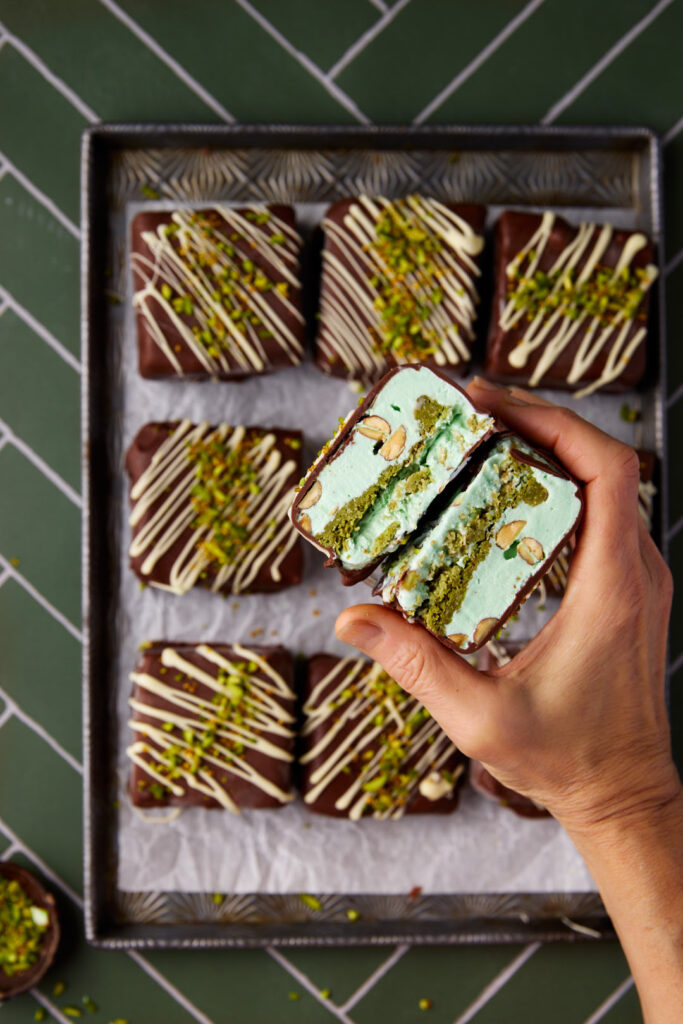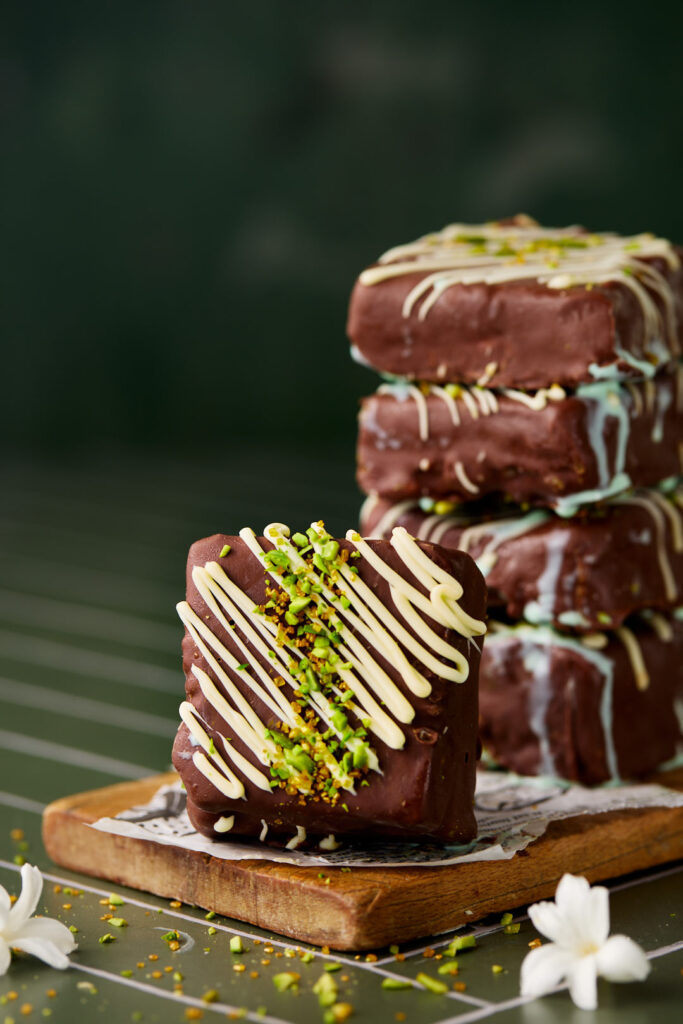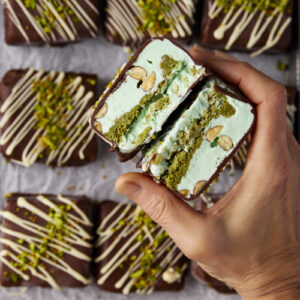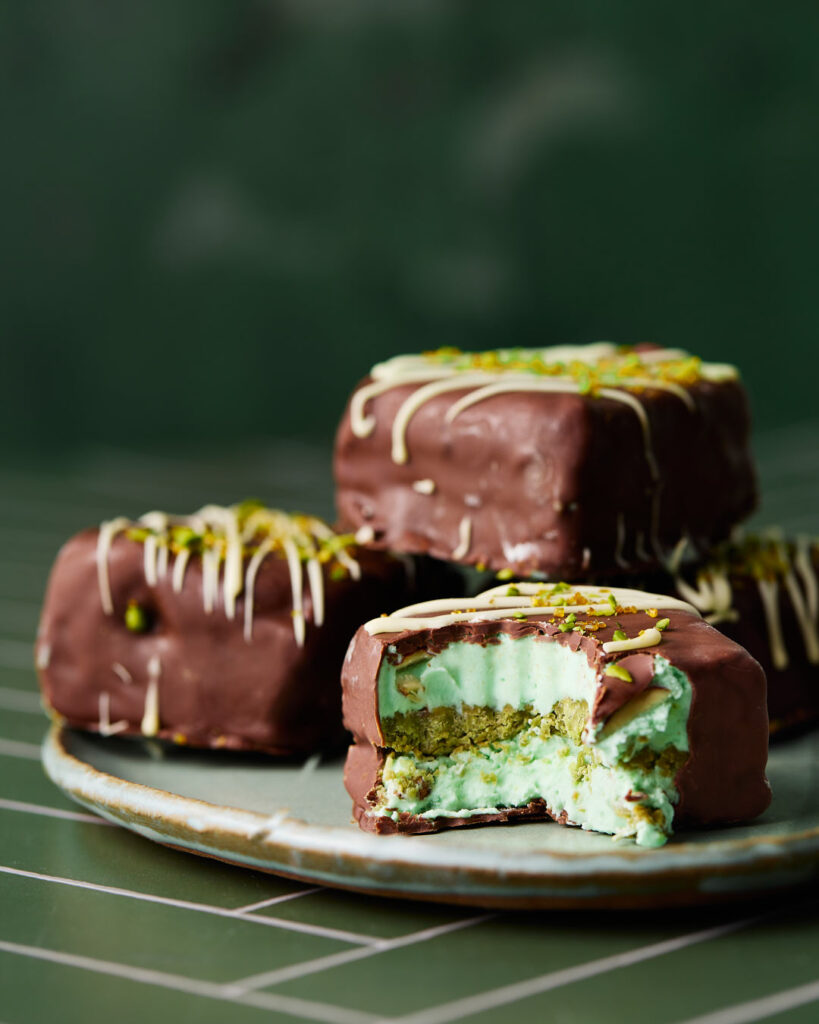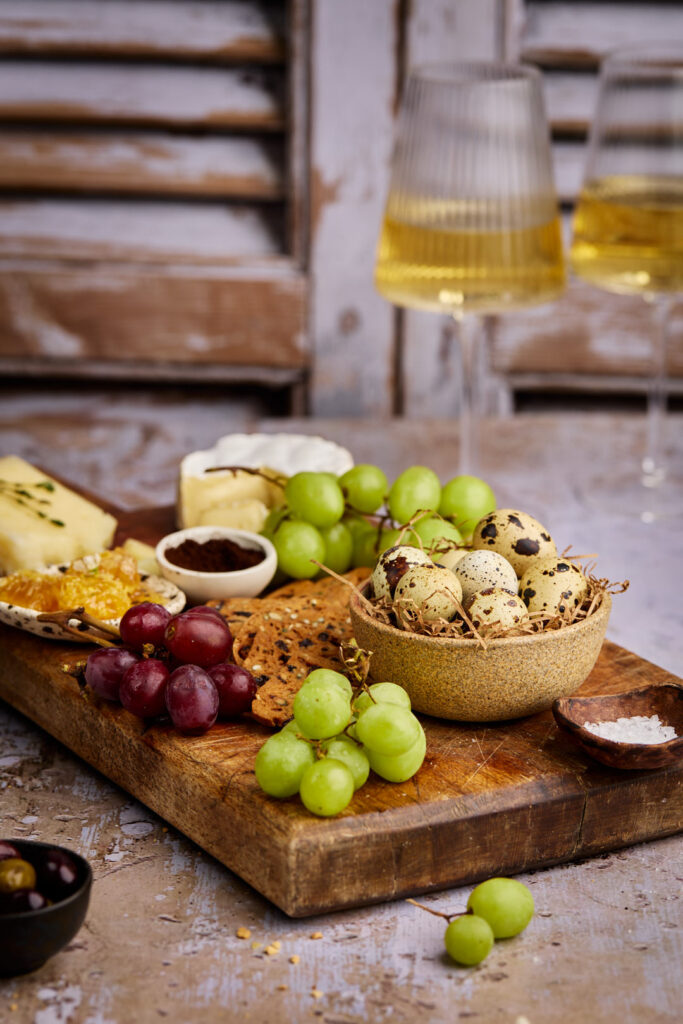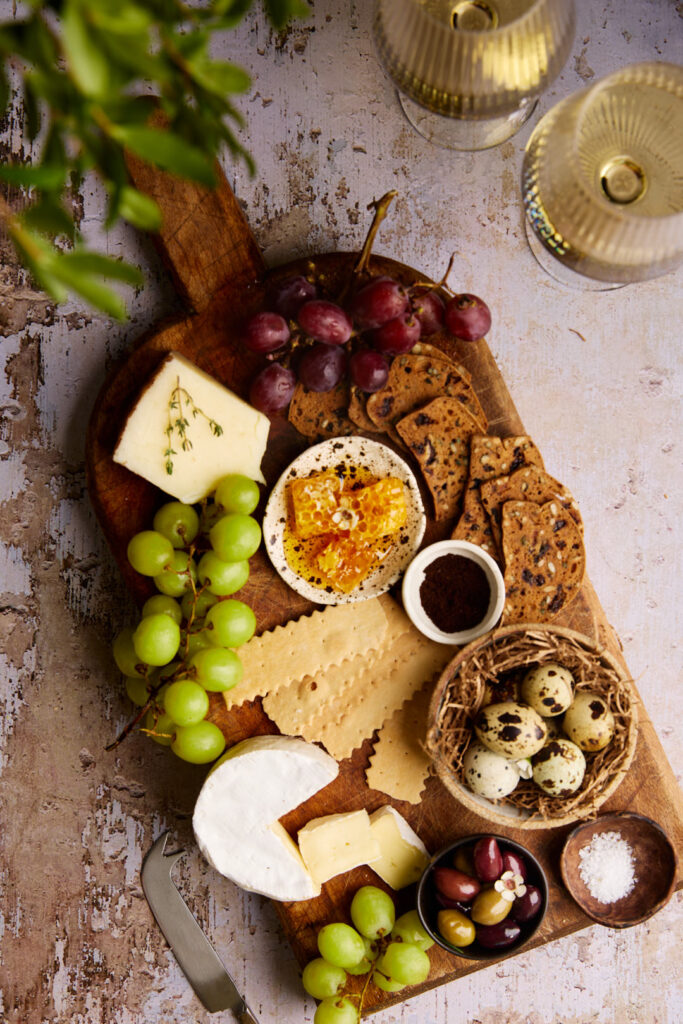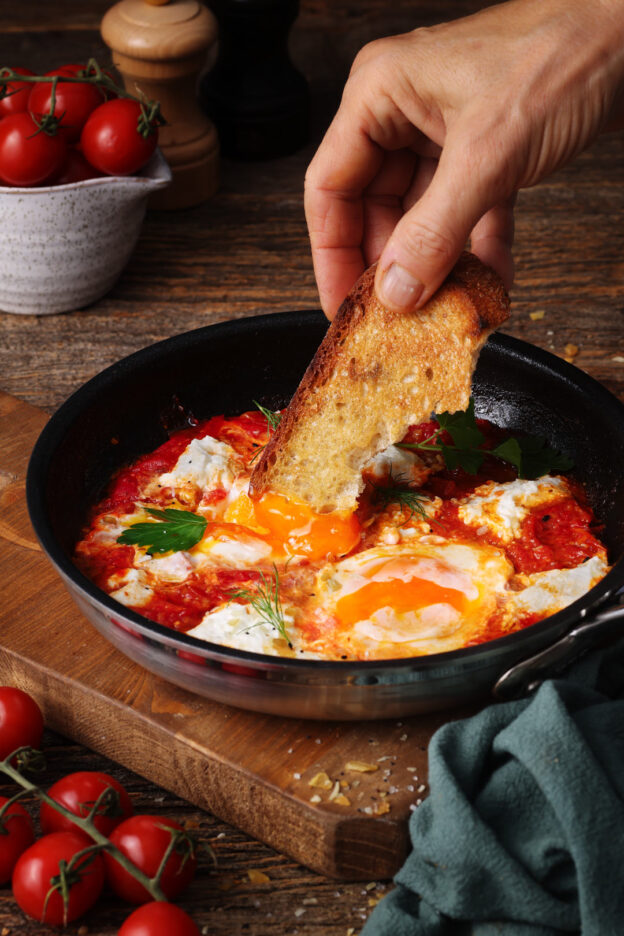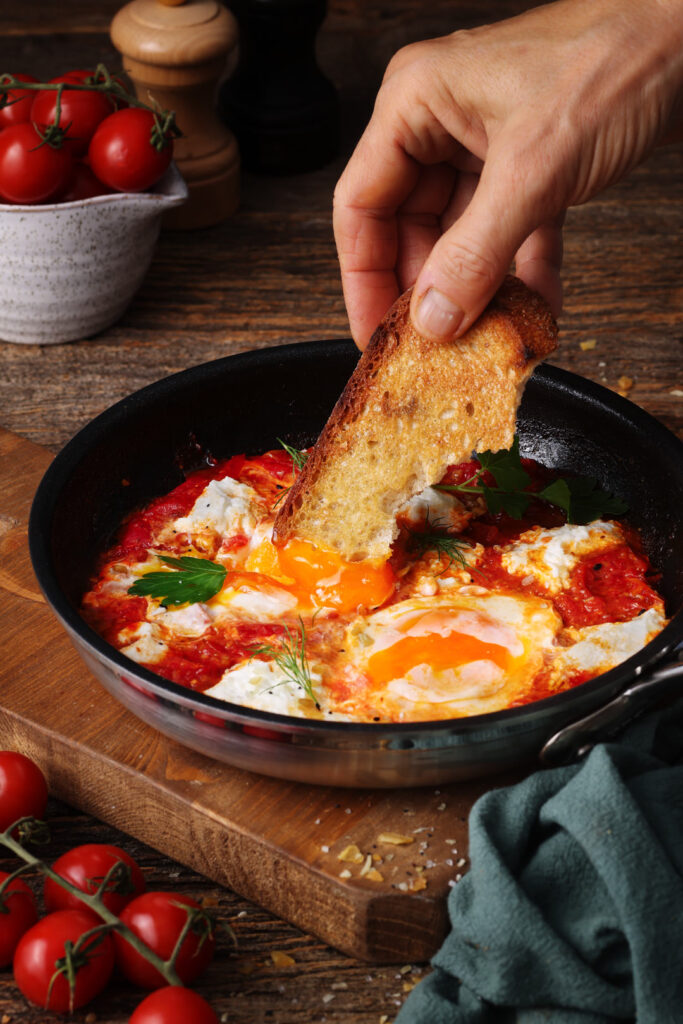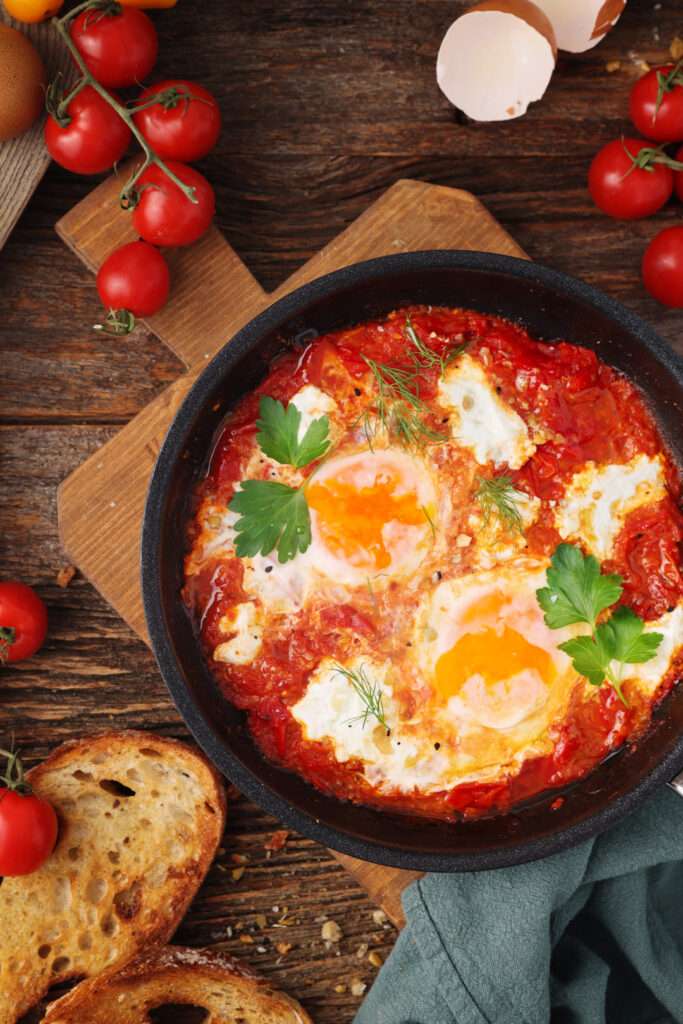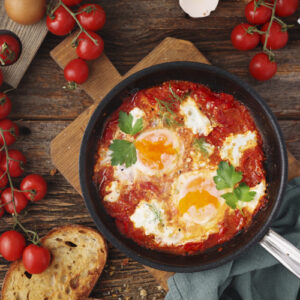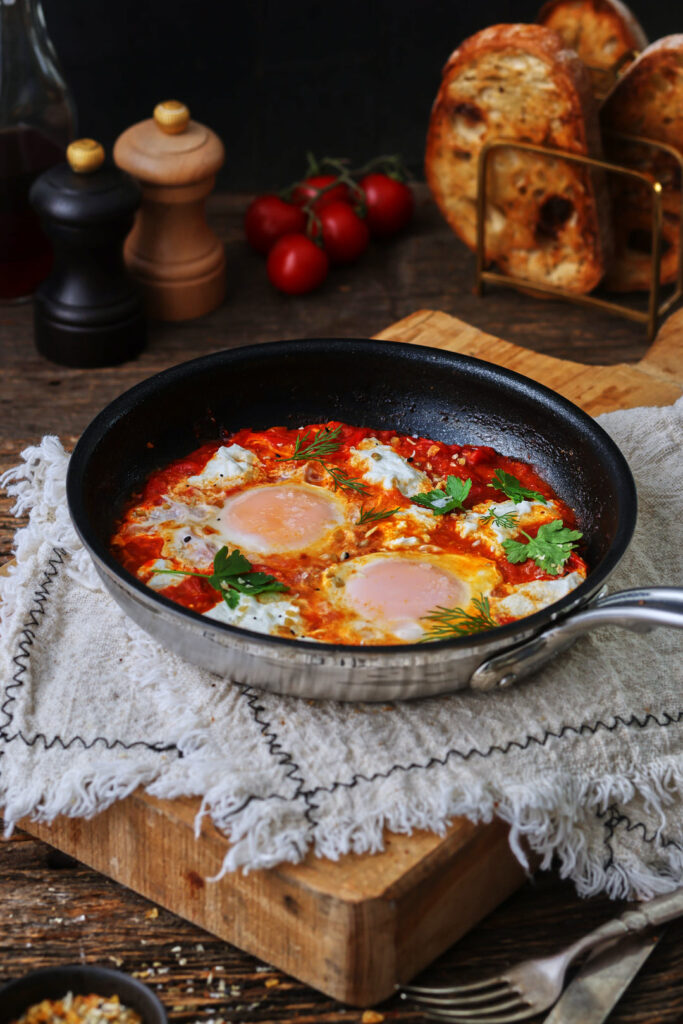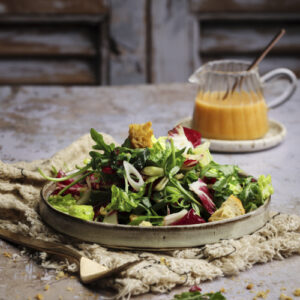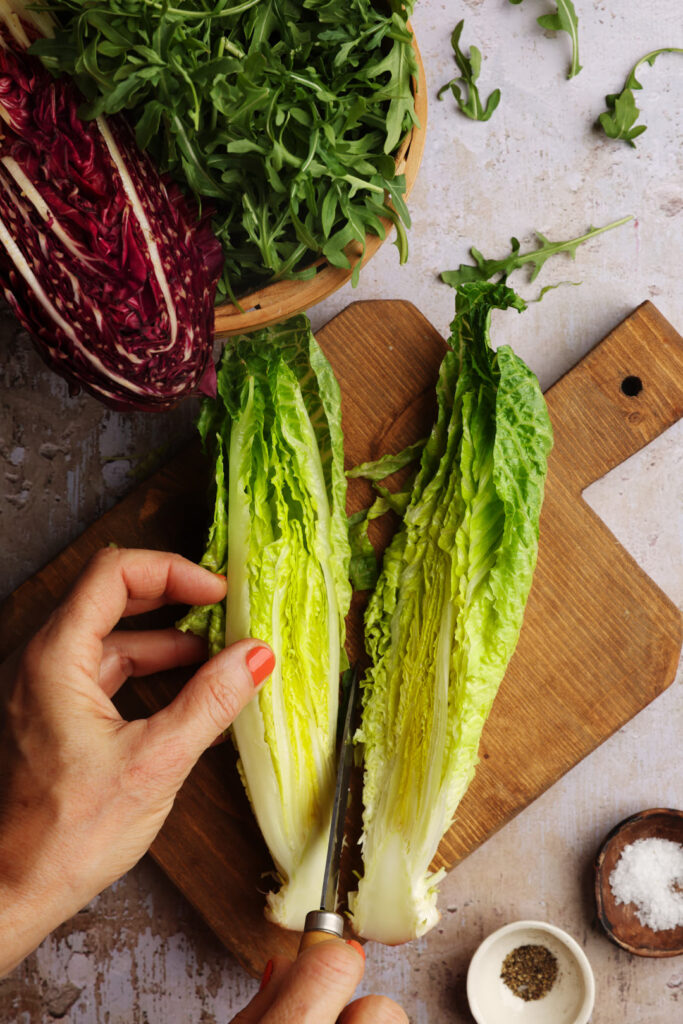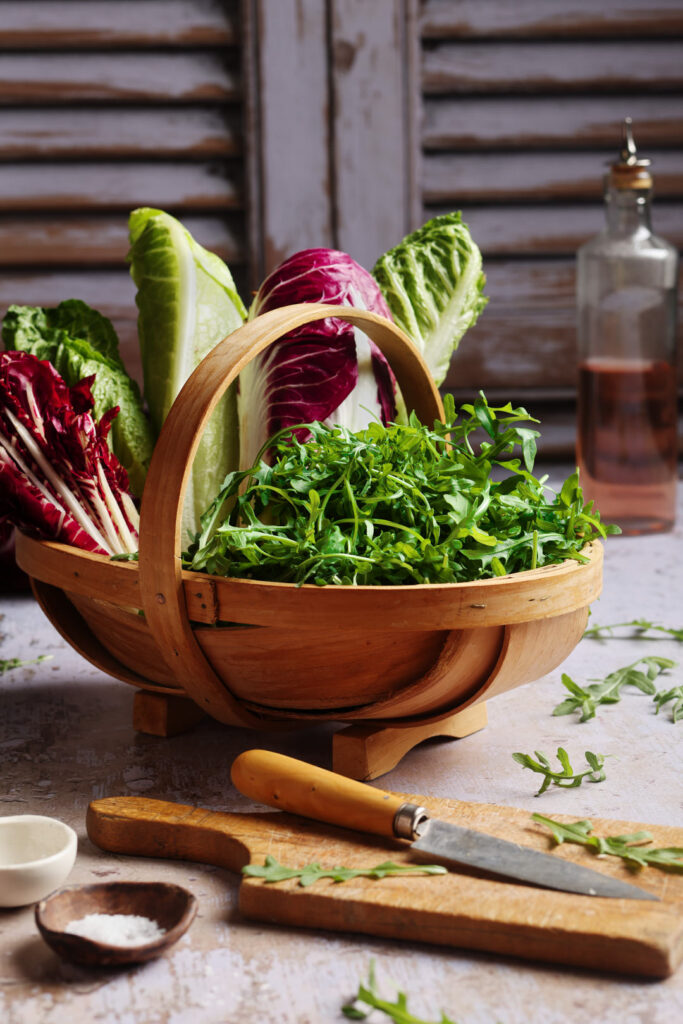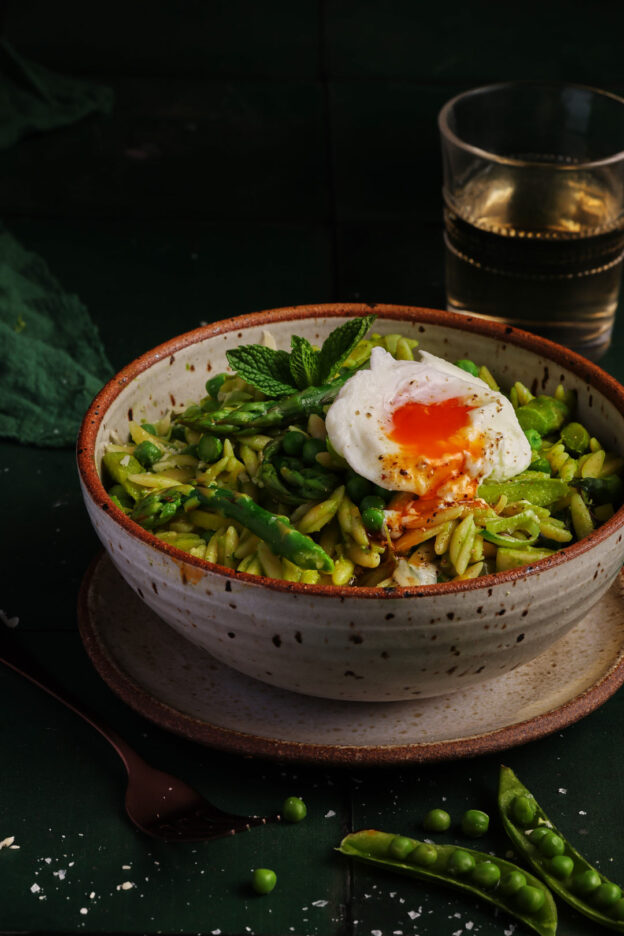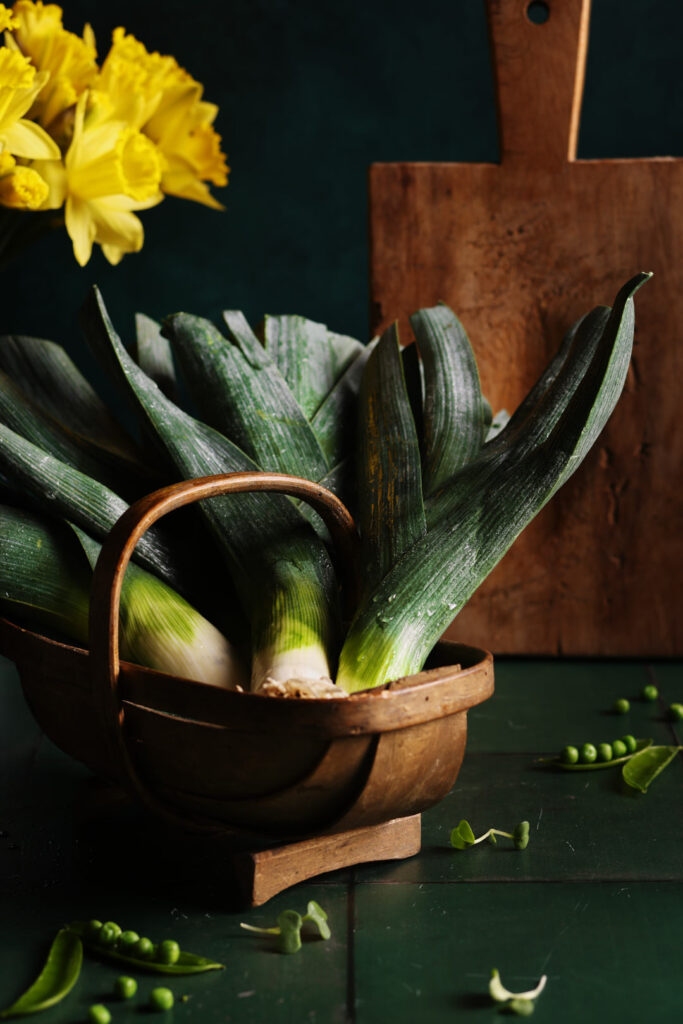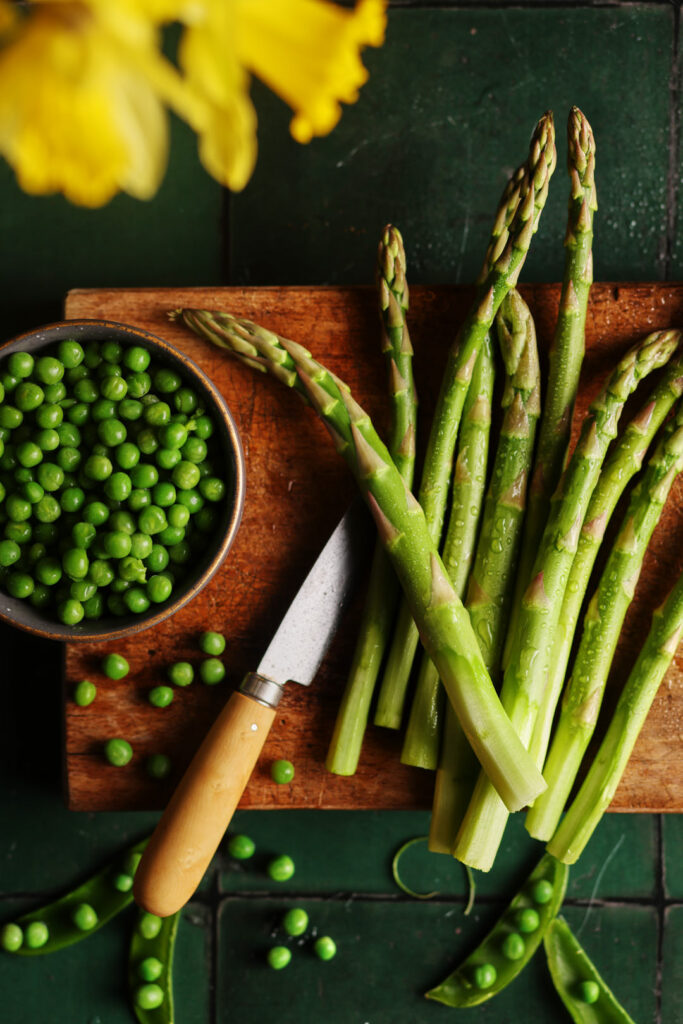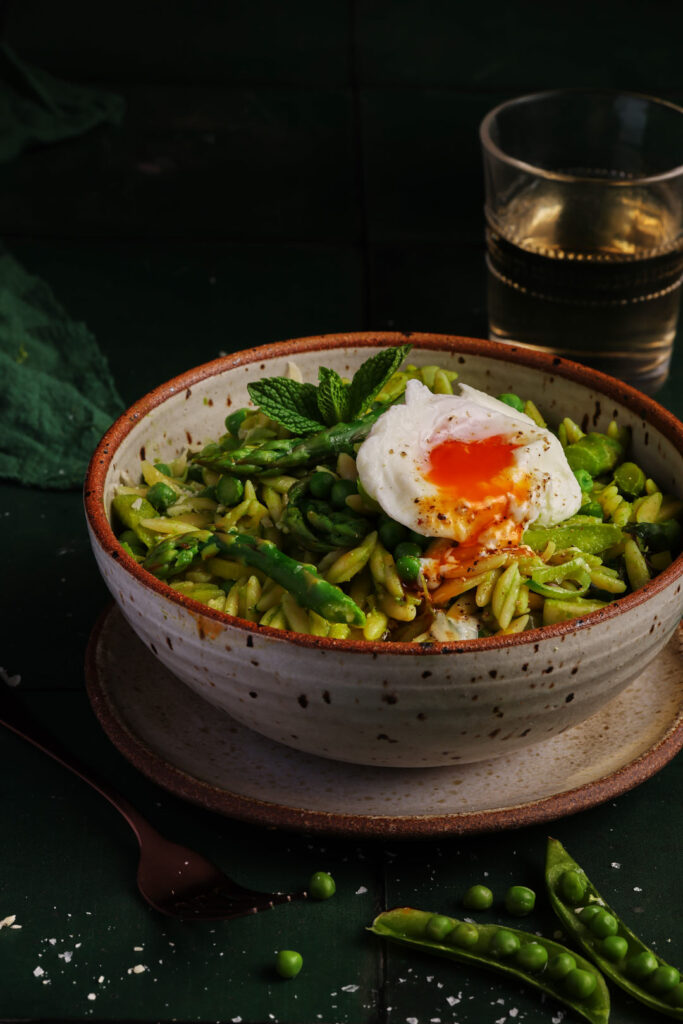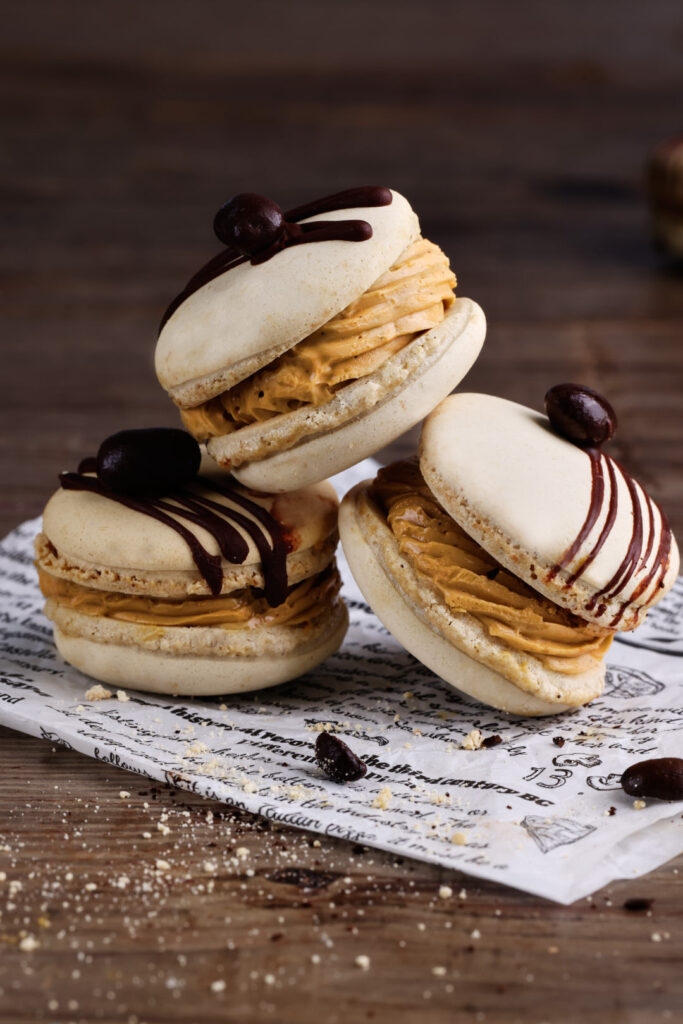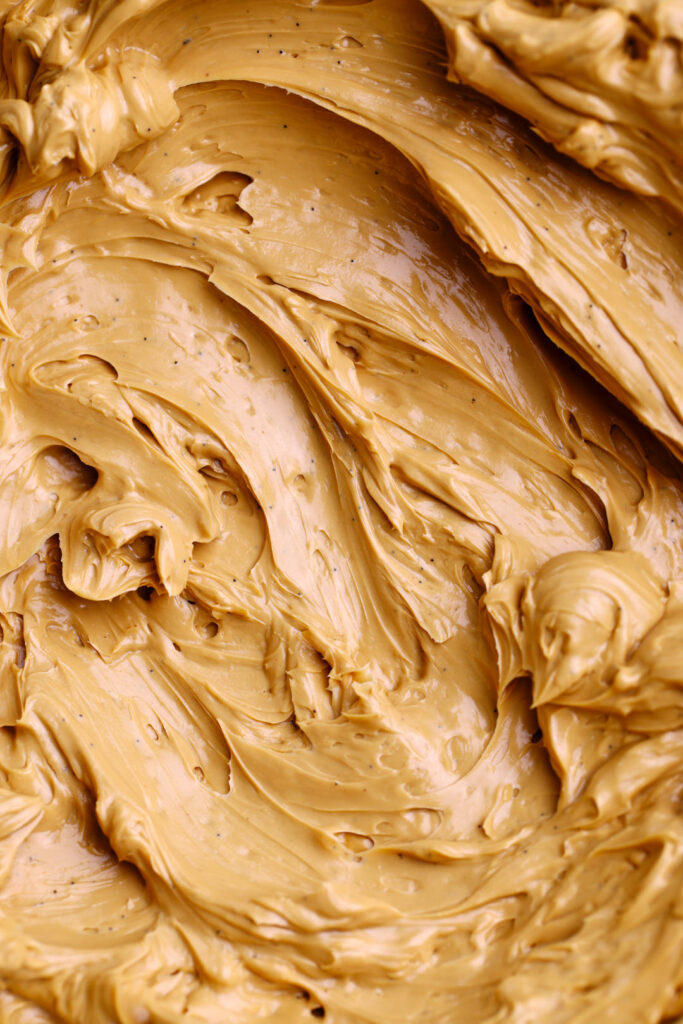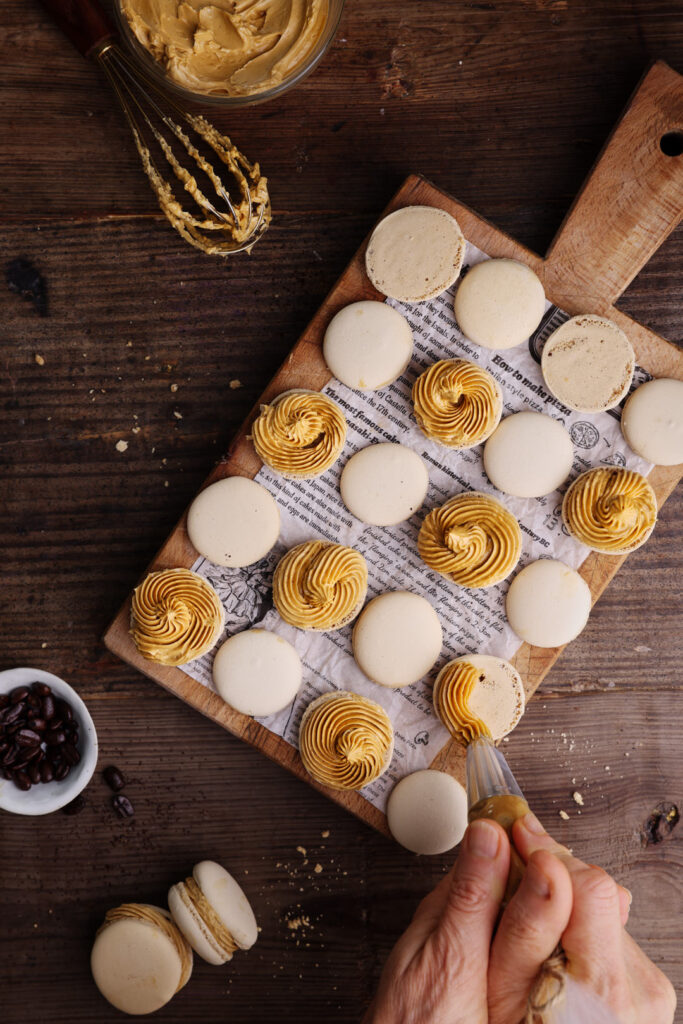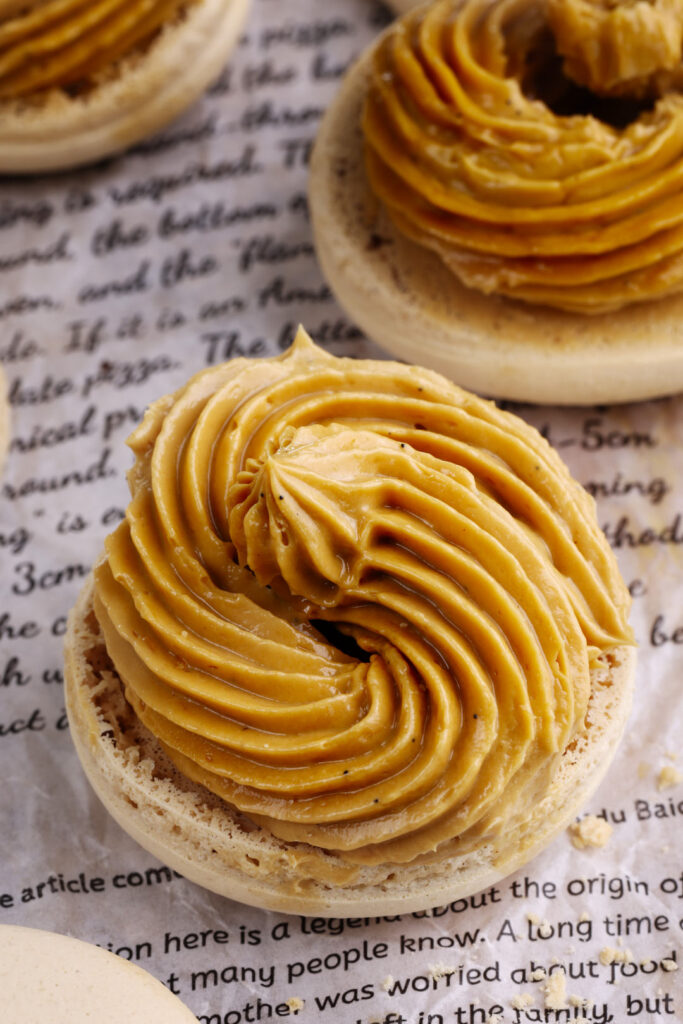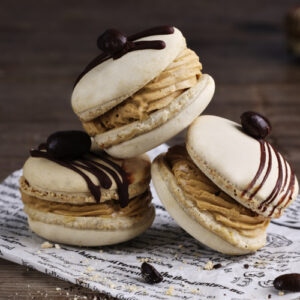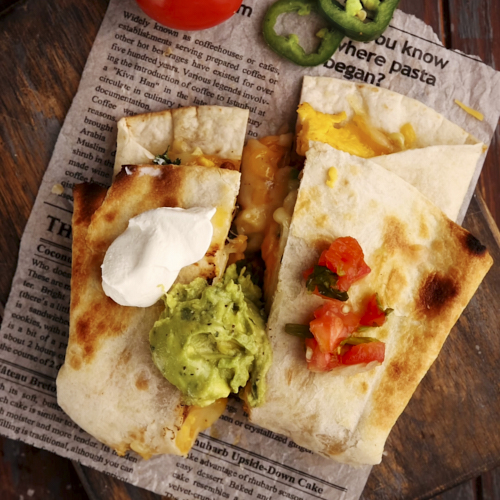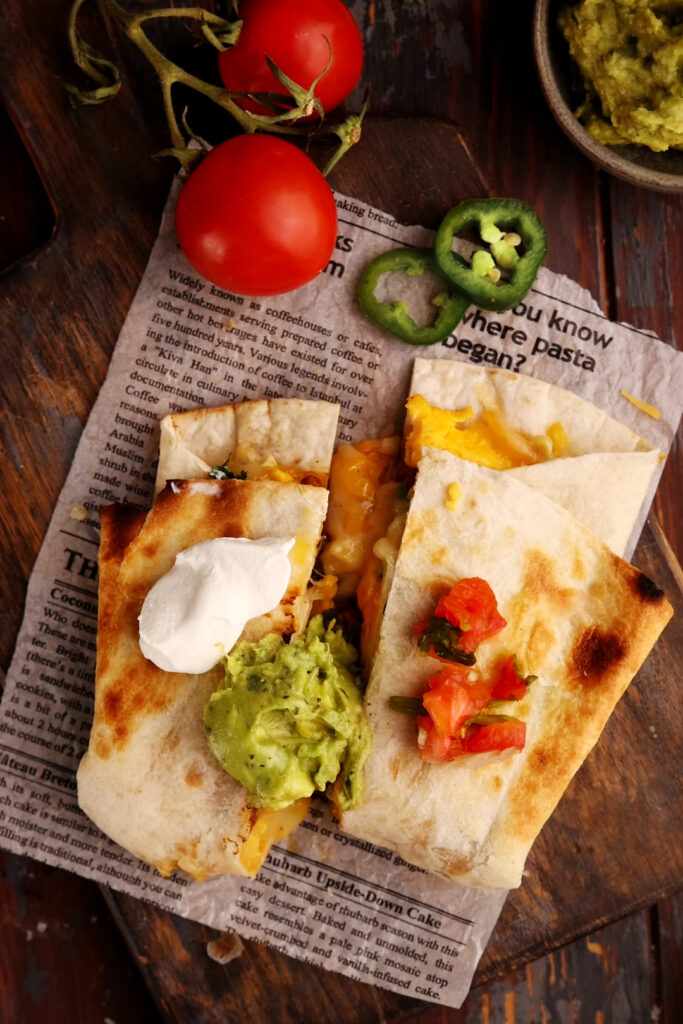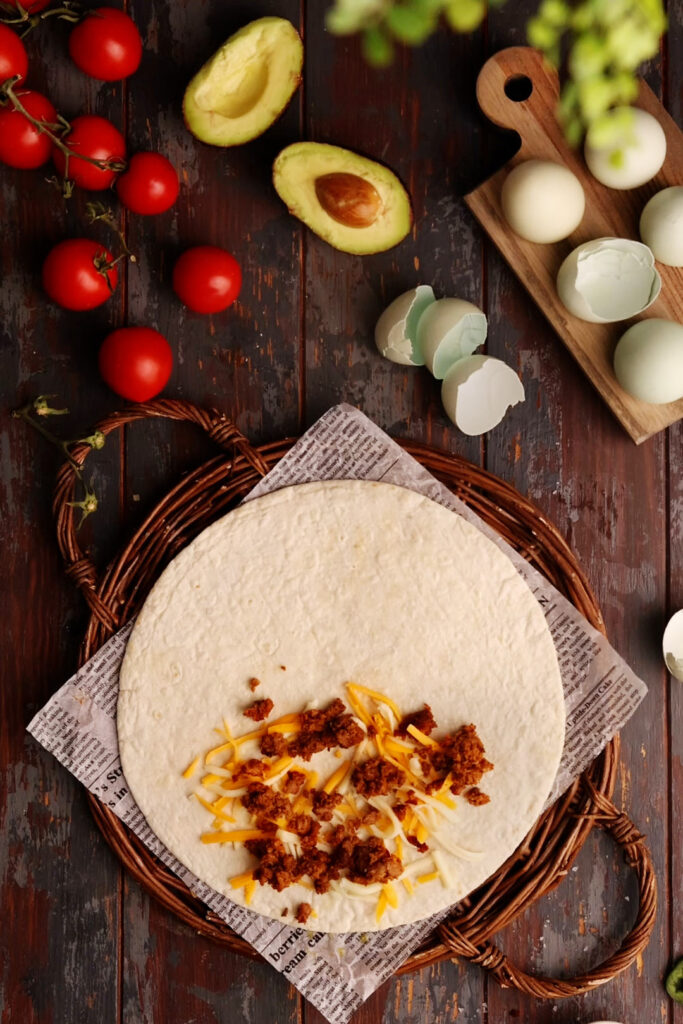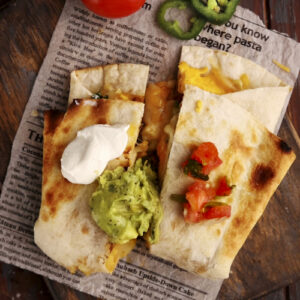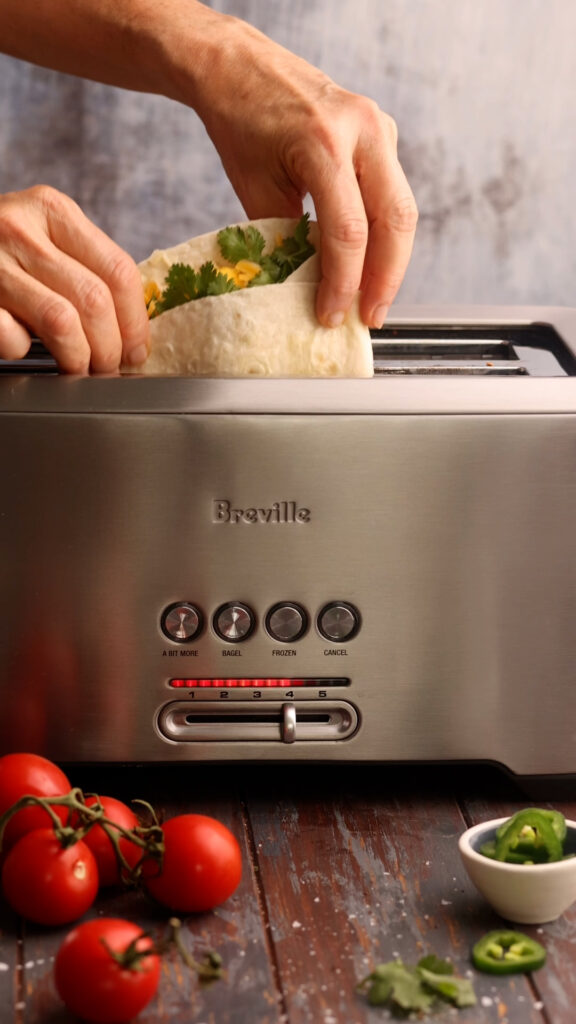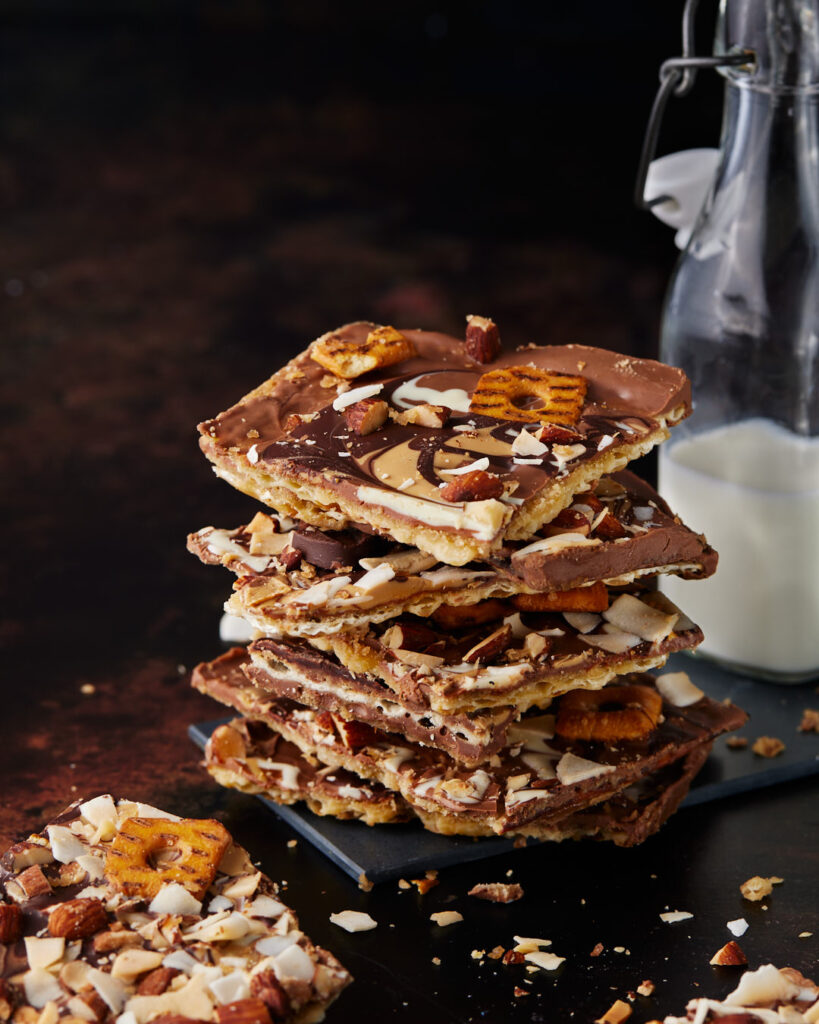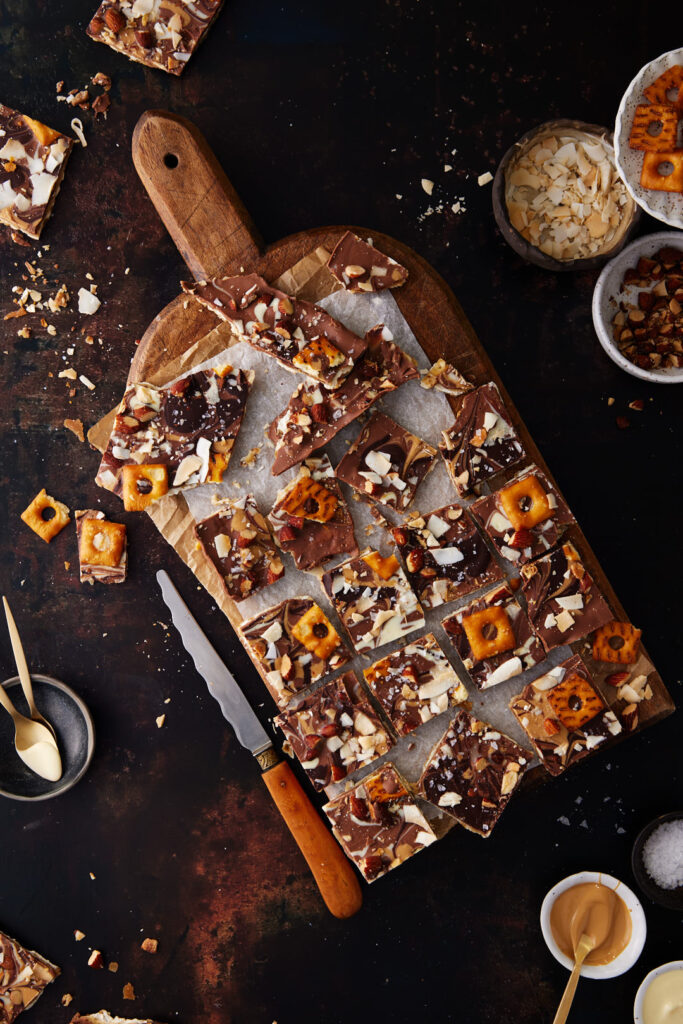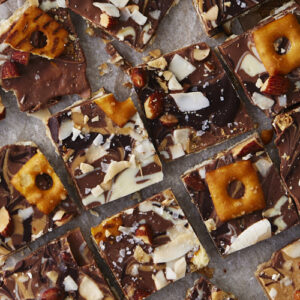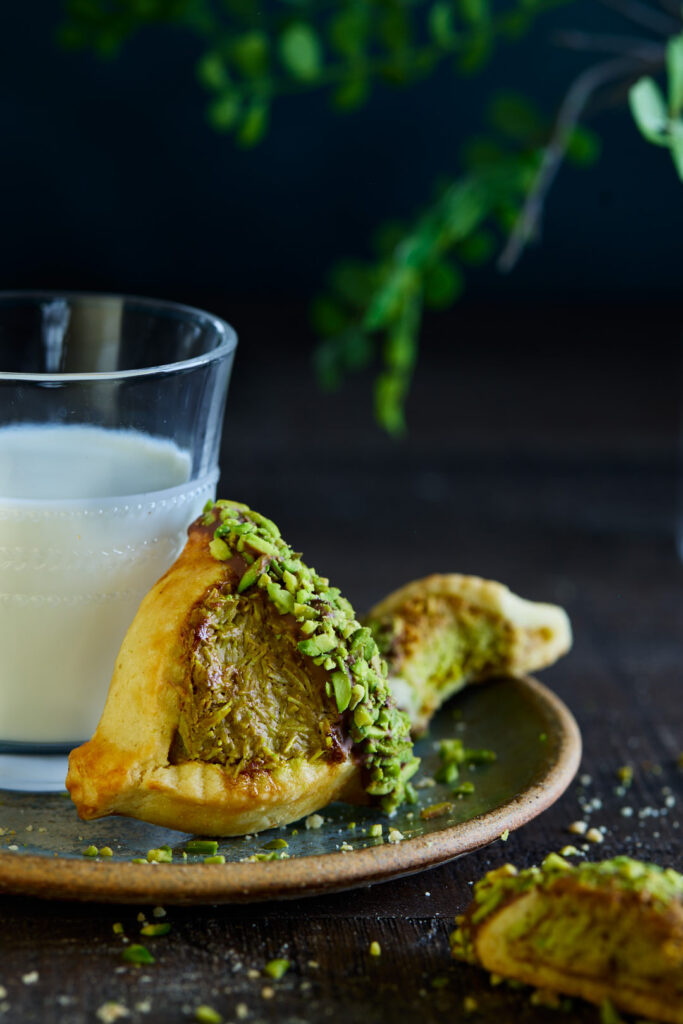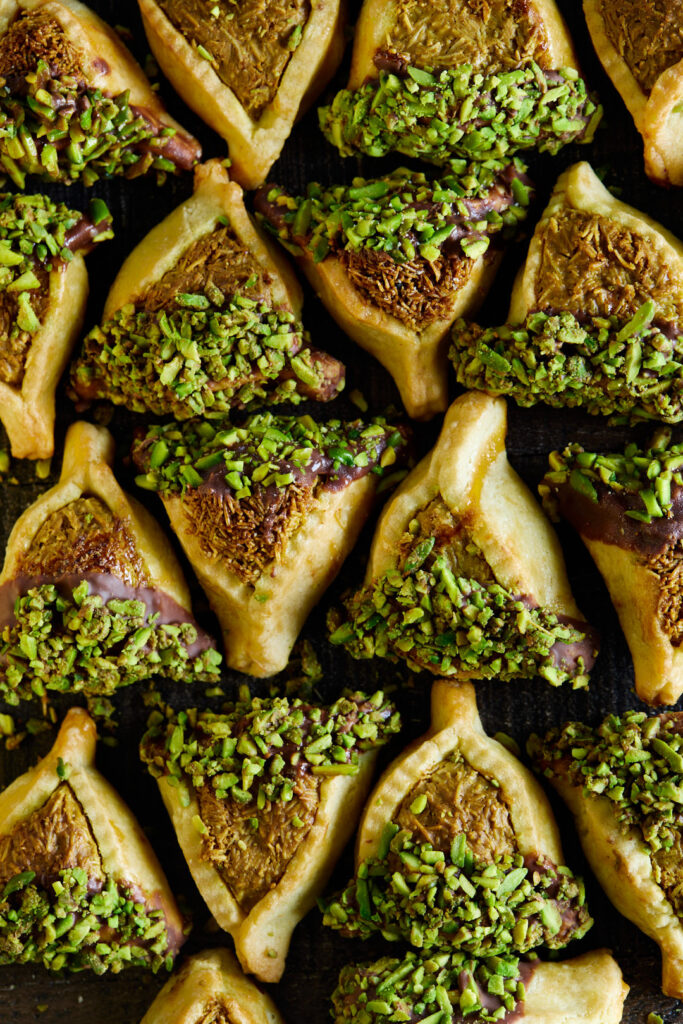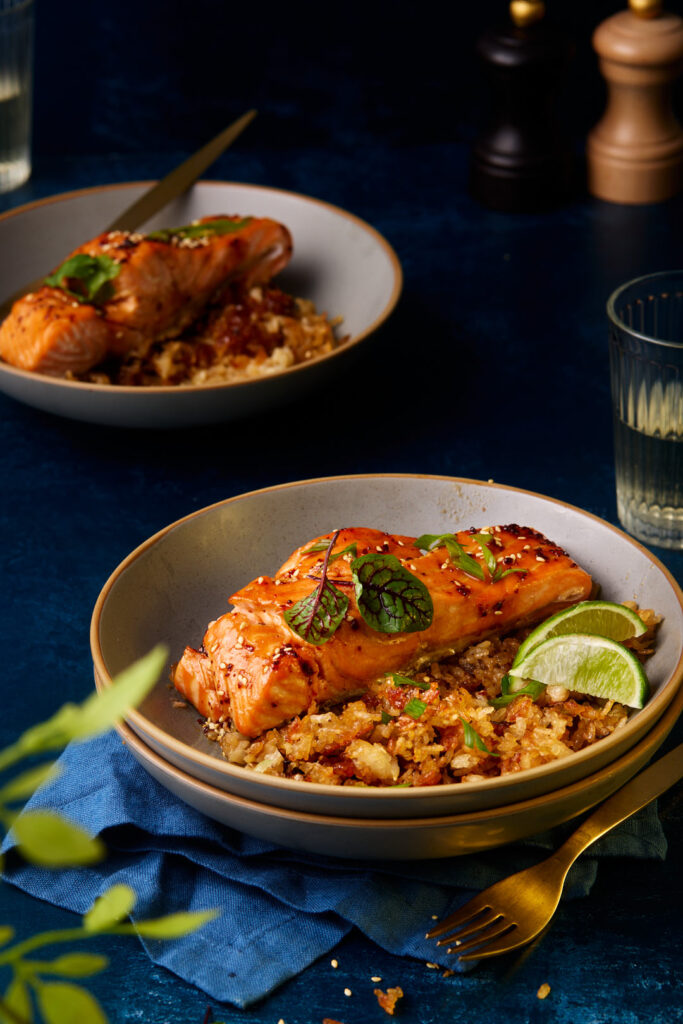
I’ve watched enough episodes of Beat Bobby Flay to know one thing: if he adds crispy rice to a dish, he wins. Every. Time. There’s just something irresistible about those golden, crunchy bits that steal the spotlight. I’ve always been firmly on Team Potato, but crispy rice has always held a certain magic. The only problem? Making it on the stovetop means babysitting it—carefully adjusting the heat, listening for the sizzle, hoping you don’t burn it.
Enter this Maple Aleppo Glazed Salmon with Crispy Sheet Pan Rice. The oven does the work, and the result is pure sheet pan sorcery. Sweet and spicy maple Aleppo glazed salmon, cooked until tender and flaky, nestled into a bed of crispy, golden rice. No stirring. No stress.
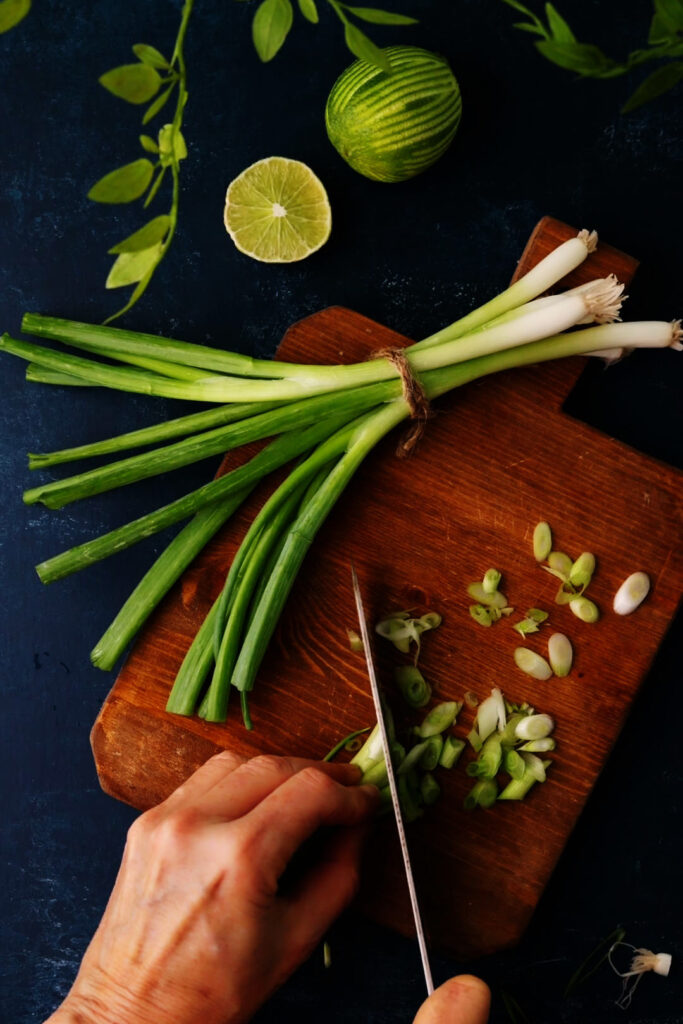
Why You’ll Love This Recipe
Weeknight-friendly, but elegant enough for guests
Sweet-spicy glaze with mellow heat from Aleppo pepper
Golden crispy rice, no stovetop required
One pan = easy cleanup
Keys to Crispy Rice Success
- Use medium or short grain rice. Sushi rice or Calrose work beautifully. Long grain tends to separate and dry out too much.
Start with cold, cooked rice. Fresh rice is too wet and will steam instead of crisp. Leftover rice from the fridge is ideal. - Balance the flavours in the rice. A little soy sauce adds salt, lime juice brings brightness, and green onions add a fresh bite. Seasoned rice = crave-worthy rice.
- Heat your sheet pan in the oven until it’s smoking hot. This jumpstarts the crisping process as soon as the rice hits the pan.
- Crisp the rice before adding salmon. The rice needs about 15–20 minutes to get golden and crunchy. Add the salmon after that for perfect timing.
- Don’t let the glaze hit the pan. Maple syrup burns easily, so spoon the glaze directly onto the salmon, not the rice or pan.
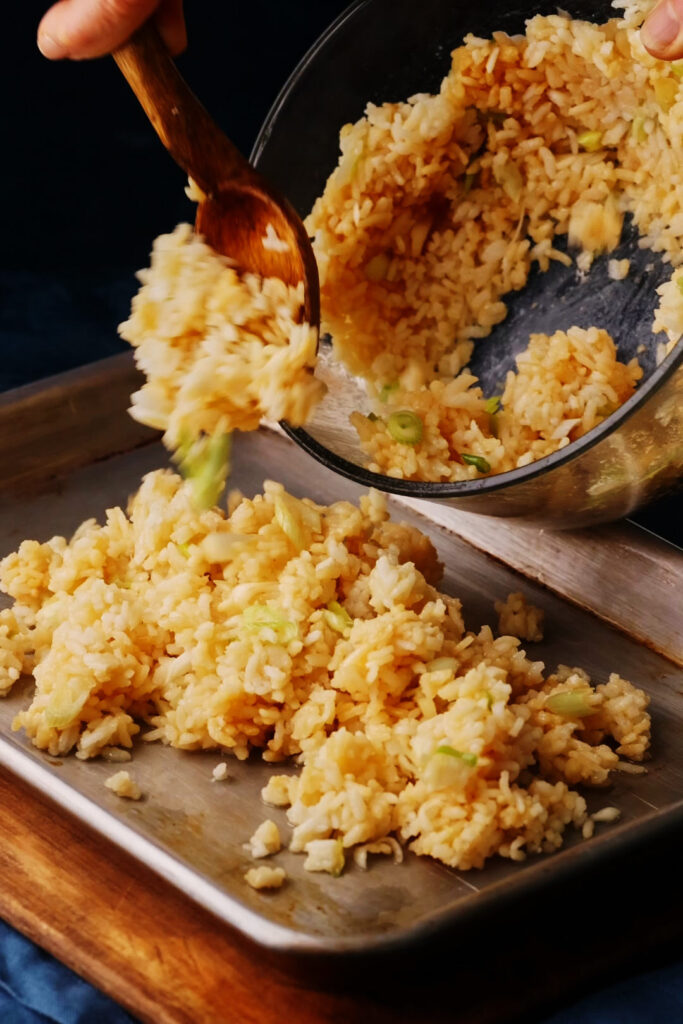
Sticky Maple. Slow Heat. Crispy Rice.
This isn’t just salmon—it’s sheet pan sorcery. The kind of dinner that feels like a spell: no stovetop, no stress, just golden crackle and sweet heat. The kind of dinner that lingers—quietly impressive and deeply satisfying.
Grab the full printable recipe below.
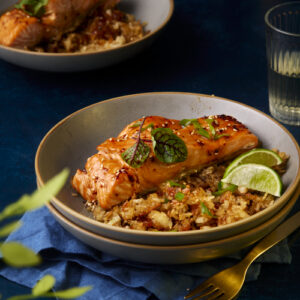
Maple Aleppo Glazed Salmon and Crispy Sheet Pan Rice
Equipment
- 1 9×13 inch sheet pan
Ingredients
For the Crispy Rice
- 1 Tablespoon avocado or vegetable oil, for pan
- 3 cups cold, cooked short grain rice, like sushi rice
- 1 Tablespoon avocado or vegetable oil, for rice
- 2 Tablespoons soy sauce
- 2 Tablespoons fresh lime juice
- 3 green onions
For the Salmon
- 780 grams skin on salmon fillet, cut into 4 portions
- 2 Tablespoons soy sauce
- 4 Tablespoons maple syrup
- 1 teaspoon Aleppo pepper
For Garnish
- 2 wedges fresh lime
- 2 Tablespoons cilantro, chopped
- reserved sliced dark green onion tops
- 1 Tablespoon toasted sesame seeds
Instructions
For Crispy Rice
- Pour 1 Tablespoon of avocado oil onto a 9×13 rimmed sheet pan and place on lower rack of your oven. Preheat oven to 425°F.
- Thinly slice green onions, separating the dark green tops for garnish.
- In a large bowl, combine the cooked rice, white and light green onion parts, 1 tablespoon avocado oil, soy sauce, and lime juice. Wet hands with cold water and mix until well combined.
- Once oven is preheated, remove sheet pan and spread rice mixture into an even layer. Return pan to oven and bake for 15–20 minutes, until rice begins to crisp and turn golden around the edges.
For the Salmon
- In a small skillet, combine soy sauce, maple syrup, and Aleppo pepper. Cook over medium heat for 2–3 minutes, until mixture thickens slightly. Remove from heat.
- After rice has baked for 15–20 minutes, remove sheet pan from oven. Place salmon fillets, skin-side down, on top of the rice. Spoon glaze over the salmon.
- Return sheet pan to oven and bake for another 10–12 minutes, until salmon is cooked through.
- Garnish with lime wedges, chopped cilantro, reserved sliced green onion tops and toasted sesame seeds.
Notes
Nutrition
More Easy Weeknight Dinners to Love
- Mediterranean One Pan Chicken & Israeli Couscous
- Pomegranate Chicken
- Harissa Salmon with Pistachio Pangrattato Crumb
I’d love to hear from you if you try this!


